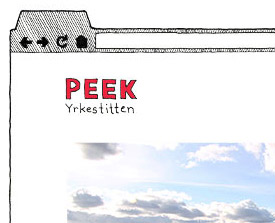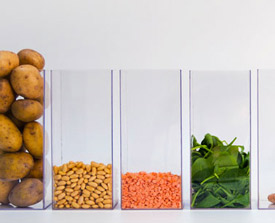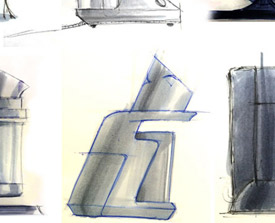Konstfack Degree Exhibition 2015 / Vårutställning 2015
We are living inside unstable, constantly changing systems that we rely on, like economy, politics or natural systems. Dealing with changes requires an understanding of the systems and through design methods, the systems can be made tangible and designers can act as change agents in social and environmental structures.
Transition design and the concept of the “rhizome” created by philosophers of post-structuralism, Deleuze and Guattari, are the lenses in this project to understand how to create a mindfulness and responsibility towards natural resources.
How can transition design build up a resilient ecosystem in a local community? And how can the model of the rhizome help to understand how to build resilience? Using Konstfack as an example, I investigated in which ways designers can operate as change-makers and what are the best tools to create a responsible behaviour towards natural resources in this working space.
Vi lever i och förlitar oss på ostabila, ständigt föränderliga system, såsom ekonomin, politiken eller ekosystemet. Att hantera förändring förutsätter en förståelse för systemen, och genom designmetoder kan de göras konkreta och formgivare kan agera förändringsagenter i sociala och miljömässiga strukturer.
Övergångsdesign och konceptet “rhizom” som skapades av de poststrukturella filosoferna Deleuze och Guattari är de objektiv som används i det här projektet för att förstå hur man kan skapa medveten närvaro och ansvarsfullhet gentemot naturresurser.
Hur kan övergångsdesign konstruera ett motståndskraftigt ekosystem i ett lokalt samhälle? Och hur kan rhizom-modellen hjälpa oss att förstå hur man bygger motståndskraft? Genom att använda Konstfack som exempel undersökte jag hur formgivare kan skapa förändring och vilka verktyg är bäst lämpade för att framkalla ett ansvarsfullt beteende gentemot naturresurser på denna arbetsplats.









